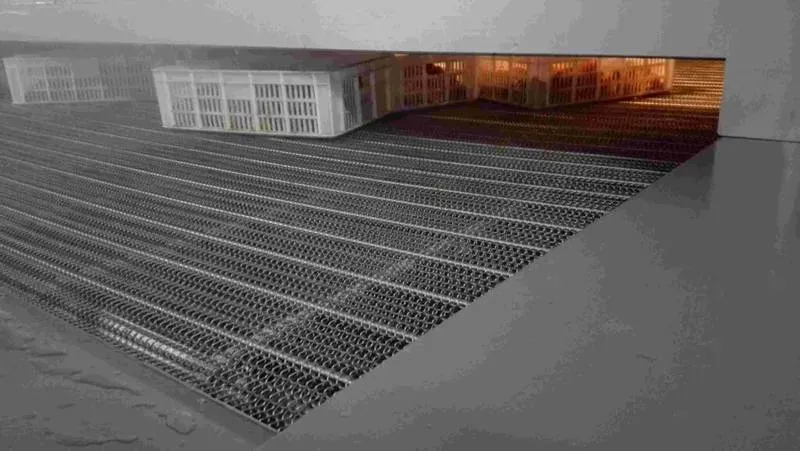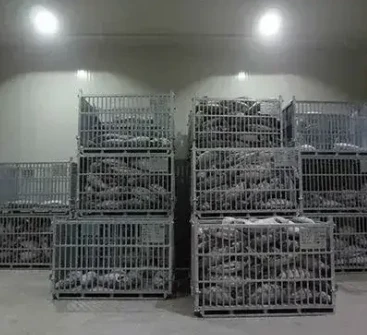Applications
Fresh food storage:
Fruits and vegetables: Cold storage maintains low temperatures, slows down the decay of fruits and vegetables, and extends the shelf life.
Meat and seafood: Prevent meat and seafood from spoiling through freezing and refrigeration, and maintain their freshness and quality.
Dairy products: Ensure that dairy products are stored in a low temperature environment to prevent spoilage.
Processing and circulation:
Food processing plants: Used for short-term and long-term storage of raw materials to ensure the freshness of production raw materials.
Logistics and distribution: Use refrigerated trucks and cold storage during food transportation to ensure the quality and safety of food during transportation.
Vaccines and drugs: Many vaccines and drugs need to be stored in a low temperature environment to maintain their activity and effectiveness.
Blood and biological products: Store blood, plasma and other biological products to prevent them from spoiling at room temperature.
Volatile and Corrosive Chemicals: Some chemicals are easy to volatilize or corrode at room temperature and need to be stored in a low temperature environment.
Special Materials: Used to store materials that require specific temperature conditions, such as certain reagents and samples.
Restaurants and Hotels: Used to store large quantities of ingredients to ensure that fresh food can be supplied in time during peak meal times.
Central Kitchen: Large catering chains and group catering service providers use cold storage for centralized management and distribution of ingredients.
Fresh Flower Preservation: Low temperature environment can extend the storage time of cut flowers and potted plants, keeping flowers fresh and beautiful.
Seed Storage: Storing seeds at low temperatures can extend their vitality period and ensure the germination rate of seeds.
Agricultural Product Storage: Used to store agricultural products after harvest to prevent rotting and deterioration.
Cold Chain Logistics: Including cold storage, refrigerated trucks and cold chain storage facilities to ensure the quality and safety of perishable goods during transportation and storage.
Storage of electronic components: Some high-precision electronic components need to be stored in a low-temperature environment to prevent damage caused by thermal expansion and contraction.
Exhibitions and displays: such as ice sculpture exhibitions, frozen art exhibitions, and other scenes that need to maintain low temperatures.
Data centers: Some data centers use cold storage technology to keep equipment at low temperatures to ensure its normal operation.















































































































